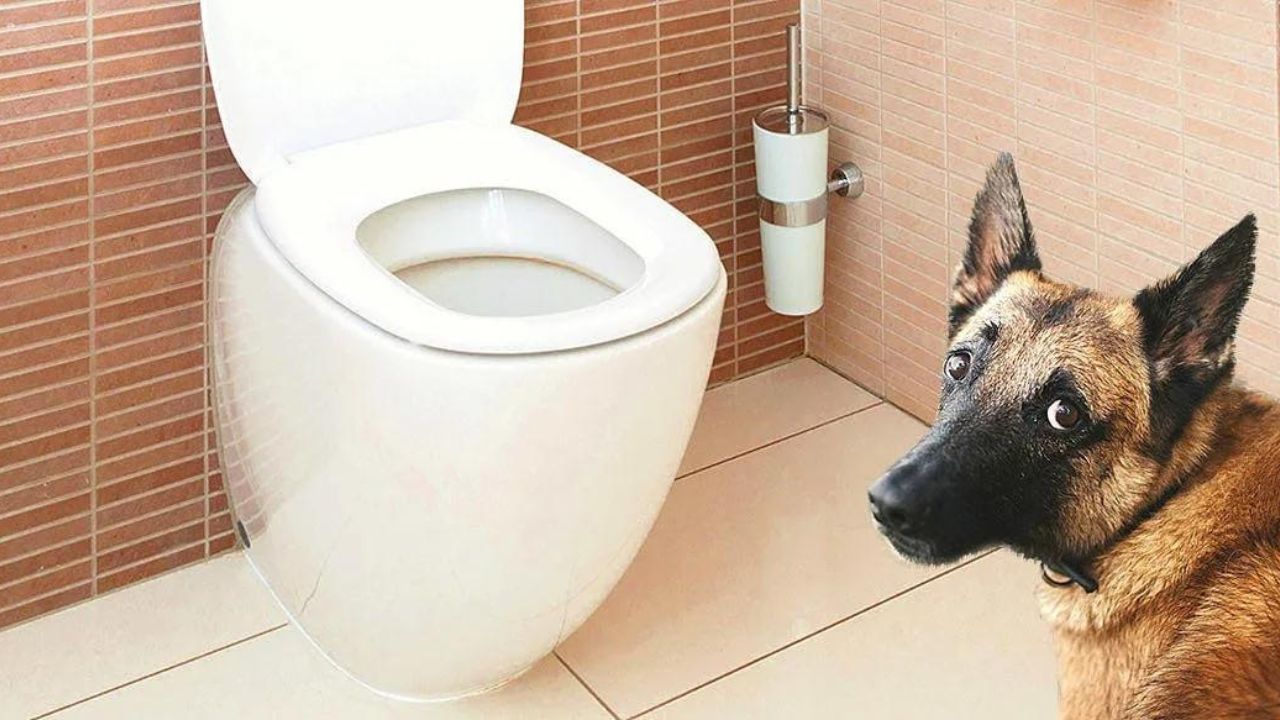
Welcoming a puppy into your home marks the beginning of a fulfilling journey filled with excitement and anticipation. However, it also brings the responsibility of guiding their development through different stages of life. Puppies’ behavioral changes undergo significant alternation as they mature, presenting challenges and opportunities for their owners. Understanding these behavioral shifts is crucial for effective support and guidance. In this guide, we explore the stages of puppy development, offering insights into their evolving behaviors. Each stage shapes the puppy’s personality from infancy to adolescence.
Join us in this journey of understanding and companionship as we navigate the path of puppyhood together, armed with empathy and a strong bond between humans and canines.
The Behavioral Changes in Puppies at Neonatal Period (0–2 Weeks)
The neonatal period, spanning the first two weeks of a puppy’s life, is characterized by profound dependency and rapid development. During this phase, puppies rely entirely on their mother for sustenance and care, spending most of their time sleeping and nestling with their littermates for warmth and nourishment.
Behavioral traits in this stage are primarily instinctual, revolving around essential activities like sucking, seeking comfort, and minimal movement. Despite their seeming passivity, puppies’ brains rapidly evolve, laying the foundation for future socialization and learning. They begin to respond to gentle touches and movements, indicating the early stages of sensory awareness.
This period is crucial for shaping the puppy’s future behavior and temperament. Caretakers must provide a nurturing environment, ensuring the mother and puppies have a safe and comfortable space. Monitoring the litter’s health and well-being is essential, as any issues during this delicate stage can impact the puppies’ long-term behavioral development.
Understanding the significance of the neonatal period and providing appropriate care lays the groundwork for healthy and well-adjusted puppies as they progress through their journey of growth and discovery.
The Behavioral Changes in Puppies at Transitional Period (2-4 Weeks)
As puppies enter the transitional period, which lasts from two to four weeks of age, they undergo remarkable changes in sensory development. The emergence of sight and hearing marks a significant milestone as their eyes and ears begin to open, granting them a broader perception of their surroundings. This newfound awareness ignites a sense of curiosity, prompting increased exploration and interaction with littermates and the mother.
Play behaviors start to unfold during this stage, albeit clumsy and uncoordinated. Puppies experiment with gentle pawing, mouthing, and tentative steps as they gradually gain control over their burgeoning motor skills. These early interactions foster social bonds within the litter, laying the foundation for future socialization with humans and other animals.
The transitional period is a pivotal juncture between the dependent neonatal stage and the more active phases of puppyhood. It represents a crucial period of adaptation and growth as puppies engage more actively with their environment, setting the stage for their continued development and exploration.
Now, let us proceed to the socialization period.
The Socialization Period (4–12 Weeks)
From four to twelve weeks of age, socialization is one of the most critical phases in a puppy’s development. During this time, puppies exhibit heightened receptivity to new experiences and impressions, profoundly shaping their social behavior and emotional responses in later life.
Puppies’ behavioral changes include becoming increasingly adventurous and curious, actively seeking novel stimuli and interactions. Positive encounters during this period are essential for nurturing confidence, resilience, and a well-adjusted temperament. Exposure to a diverse array of people, animals, environments, sounds, and objects is crucial for preventing fearfulness and anxiety in adulthood.
Successful socialization also promotes acquiring essential communication abilities, encompassing the capacity to interpret body language, discern social cues, and peacefully resolve conflicts. Owners play a pivotal role during this phase, facilitating positive encounters and providing a secure and supportive environment for their puppy’s exploration and learning.
The Juvenile Period (3-6 Months)
The juvenile period, from three to six months of age, marks a significant physical and behavioral development phase as puppies transition from infancy to adolescence. During this stage, energy levels may peak, accompanied by bursts of exuberant play and exploration.
Play behaviors become more sophisticated and purposeful, serving as avenues for social bonding, learning, and acquiring essential life skills. Puppies may play rough-and-tumble with littermates or household members, honing their coordination, strength, and social abilities.
In tandem with increased playfulness, owners may observe heightened independence and autonomy in their puppy’s behavior. This newfound autonomy may manifest as boundary-testing, selective hearing, or command resistance. Consistent training, positive reinforcement, and clear communication are essential to establish boundaries and expectations during this phase.
Moreover, some breeds may experience the onset of sexual maturity during the juvenile period, resulting in behavioral changes in puppies related to mating instincts and social hierarchy. Responsible pet ownership includes considerations for spaying or neutering to prevent unwanted litters and manage behavioral issues associated with intact dogs.
Adolescence (6–18 months)
Adolescence marks a transitional phase from puppyhood to adulthood, characterized by hormonal changes and continued physical growth. Behavioral fluctuations are common during this stage as puppies navigate the complexities of independence, identity formation, and social integration.
Mood swings, heightened energy levels, and temporary regression in training may occur as puppies assert their autonomy and test their boundaries. Owners may encounter moments of frustration or confusion as their once-obedient puppy exhibits stubbornness or selective listening.
Sexual behaviors may also intensify during adolescence as puppies mature and explore mating behaviors. Owners must provide guidance, supervision, and consistent training to help their adolescent puppy navigate this tumultuous phase and reinforce appropriate behaviors.
Young Adulthood (18 Months and Beyond)
By young adulthood, most puppies have reached physical and behavioral maturity, although individual differences in development may persist. Energy levels typically stabilize and behavioral patterns become more predictable as dogs settle into adulthood.
During this stage, owners can focus on maintaining good manners, reinforcing training, and providing mental and physical stimulation to promote overall well-being. Regular exercise, enrichment activities, and continued socialization play important roles in keeping adult dogs mentally and physically healthy.
Additionally, preventive healthcare remains crucial for maintaining a happy and healthy adult dog. This includes staying up-to-date on vaccinations, parasite control, and scheduling regular veterinary check-ups to address emerging health concerns.
As owners, it is important to continue fostering a strong bond with our dogs, nurturing their well-being, and providing them with the love and care they need throughout their lives.
If you have any further sections or details you would like to include, feel free to let me know!
Conclusion
Understanding the behavioral changes in puppies at various ages is essential for fostering a strong and harmonious bond between owners and their canine companions. Every stage of development presents unique challenges and opportunities, requiring patience, consistency, and a deep understanding of canine behavior.
By recognizing and accommodating these changes, puppy owners can provide the necessary support and guidance to help their furry friends mature into well-adjusted, confident, and well-behaved adult dogs. Through positive reinforcement, clear communication, and a nurturing environment, owners can ensure that their puppies grow into happy, healthy, and balanced companions, enriching their lives and those around them.
FAQ
How Does Dog Behavior Change As They Age?
Older dogs may exhibit restlessness or wakefulness at night due to potential hearing or vision loss, which can affect the depth of their sleep. Additionally, they may need to relieve themselves more frequently but need help in time. It is common for aging dogs to become more reactive to noises that previously did not bother them.
What Methods Can Be Used To Manage And Modify Social Behavior In Dogs?
Common techniques for modifying dog behavior include habituation, extinction, desensitization, counterconditioning, response substitution, and shaping.
What Are The Five Stages Of Behavioral Changes in Puppies?
Prochaska identified five stages of behavior change: pre-contemplation, contemplation, preparation, action, and maintenance. Precontemplation occurs when individuals are unaware of the need to change their behavior and show no intention of doing so soon.
What Is The Initial Step In Behavioral Change?
The first step in behavioral change is the pre-contemplation stage, where individuals are not yet aware of their negative behavior and do not see it as a problem, thus showing no interest in seeking help.
What Are The Three Essential Elements Of Behavior Changes In Puppies?
According to the COM-B model for behavior change, the three key factors influencing behavior change are capability (C), opportunity (O), and motivation (M). Capability refers to an individual’s psychological and physical ability to engage in a specific activity.






